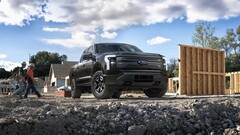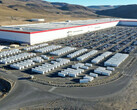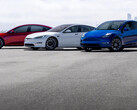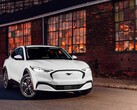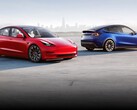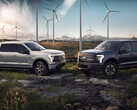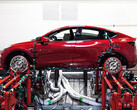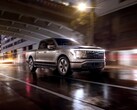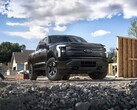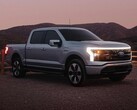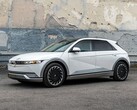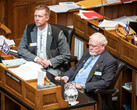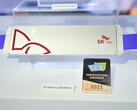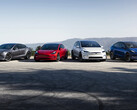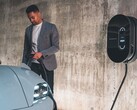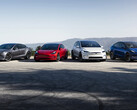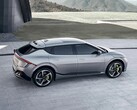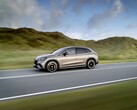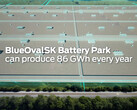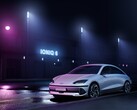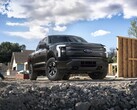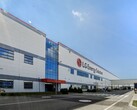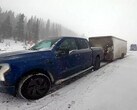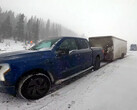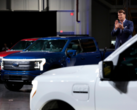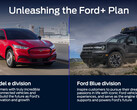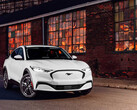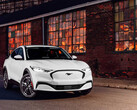While the US Treasury is still to issue the promised clear guidelines for automakers on how to qualify for the upcoming federal EV subsidy scheme, Ford may be devising a way to make its electric cars eligible from the get-go despite using Chinese battery technology. It is reportedly exploring a crafty battery factory ownership scheme where the plant belongs to Ford, whereas Contemporary Amperex Technology Limited (CATL) provides its management and the battery tech.
Ford's Korean battery partners reportedly balked at a similar scheme they worried may lead to an unavoidable technology transfer, but CATL may be more willing to entertain the thought given the geopolitical tensions with the US.
CATL is the world's largest EV battery maker and Ford wants to have access to its superior LFP cell packs while simultaneously fulfilling the Inflation Reduction Act's EV subsidy requirements that read as follows:
- To qualify for the first $3,750 credit, a percentage of the value of applicable critical minerals contained in a vehicle’s batteries must be extracted or processed in the US or in a country with which the US has a free trade agreement or must have been recycled in North America. Applicable percentages increase from 40 percent prior to 2024, to 80 percent after 2026. Qualifying critical minerals include aluminum, cobalt, lithium, nickel, and graphite, among others.
- To qualify for the second $3,750 credit, a certain percentage of the value of the battery components in an EV must be manufactured or assembled in North America; applicable percentages increase from 50 percent prior to 2024 to 100 percent after 2028.
- Further, after calendar year 2024, a clean vehicle will not qualify for the tax credit if it contains any critical minerals that were “extracted, processed, or recycled by a foreign entity of concern” – including companies owned by, controlled by or subject to the jurisdiction of the government of the People’s Republic of China.
- After December 31, 2023, a vehicle may not qualify for the credit if any "components" contained in its battery are "manufactured or assembled by a foreign entity of concern."
That last bit has sent automakers that want to sell subsidized EVs in the US scrambling to sign partnerships with Korean battery makers that won't be an entity of concern. That includes Ford which recently made a country tour to probe SK On and LG for the cause of US factory expansion.
While CATL will still make the phosphate batteries for Ford, it won't have any investment in the factory or its infrastructure, so in theory Ford's vehicles with those cells should qualify for the US$7,500 subsidy towards the purchase of a new EV that kicks in next year.
"There are multiple models being discussed regarding our investment in the US, and all of those choices are purely based on and only based on business concerns," commented CATL which has also been looking to build the plant in Mexico before the subsidies made US manufacturing a viable alternative as well.
Ford recently said that it has signed contracts for 70% of the battery capacity it will need to secure production of the promised 2 million electric vehicles annually in 2026. Since CATL's LFP cells are likely a big chunk of those contracts, it has every incentive to both satisfy the US government's EV subsidy requirements and continue to use CATL's batteries. "Our talks with CATL continue - and we have nothing new to announce," clarified Ford when asked for a comment.
Get the Weatherproof Ford F-150 Lightning truck cover on Amazon
Source(s)
Bloomberg (paywall)




